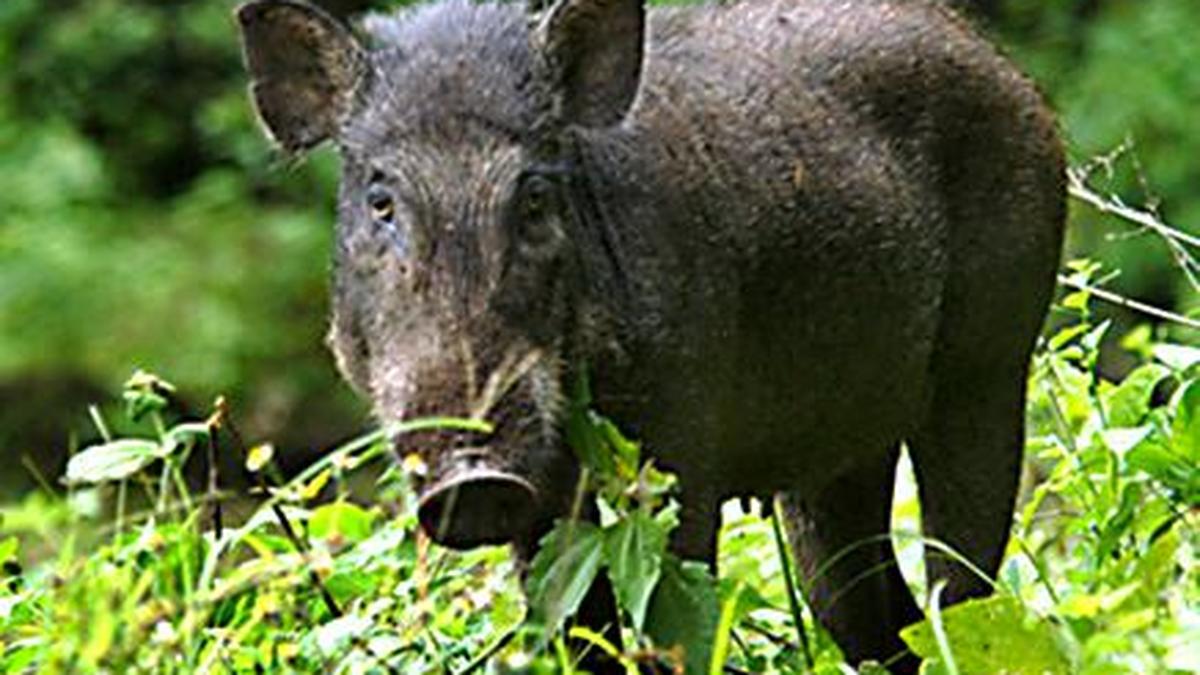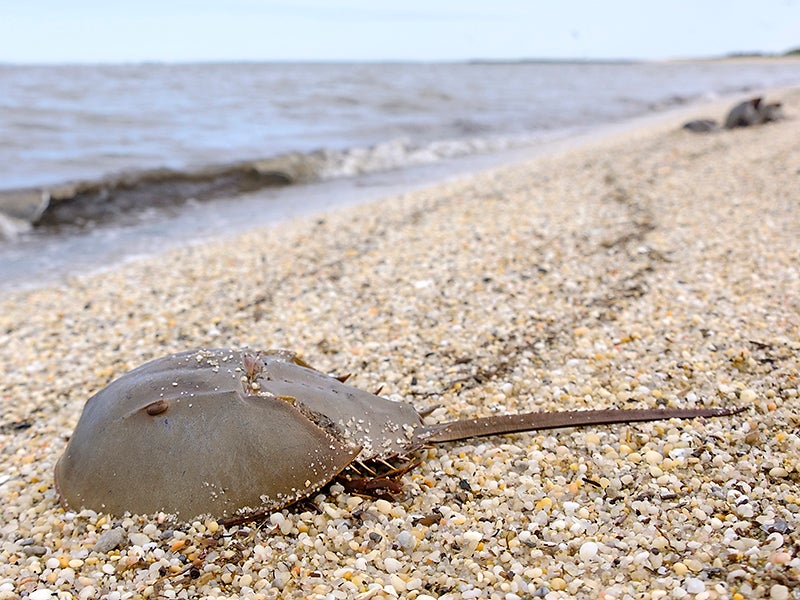Africa’s freshwater ecosystems depend on little creatures like insects and snails: study maps overlooked species – The Conversation

Report on Freshwater Macroinvertebrate Biodiversity in Africa’s Tropical Belt and its Implications for Sustainable Development Goals
Introduction: The Critical Role of Macroinvertebrates in Achieving SDGs
The tropical belt of Africa, encompassing the Guinean forests and the Congo Basin, is a region of globally significant biodiversity. Within its freshwater ecosystems—rivers, streams, and lakes—reside macroinvertebrates, which are crucial to ecosystem function and the monitoring of environmental health. These organisms, including snails and the larvae of dragonflies, caddisflies, and mayflies, act as “ecological engineers” by breaking down organic material and recycling nutrients. Their most critical function in the context of global development is their role as biological indicators. The presence, absence, or diversity of these species provides a clear assessment of water quality and habitat integrity, offering a direct measure of progress towards key Sustainable Development Goals (SDGs), particularly SDG 6 (Clean Water and Sanitation) and SDG 15 (Life on Land).
Assessment of Current Knowledge and Data Gaps
Research Methodology
A collaborative study by freshwater scientists from Nigeria and Germany was conducted to address the significant knowledge gap regarding macroinvertebrate populations in the Guineo-Congolian region. Data was compiled from 15 African countries, drawing from peer-reviewed publications and the Global Biodiversity Information Facility (GBIF). The objective was to create a unified, curated database to support species distribution modeling. This approach is designed to guide conservation priorities and inform policy, directly contributing to the monitoring and implementation frameworks required for SDG 15, which calls for the conservation and sustainable use of inland freshwater ecosystems.
Key Findings and Regional Disparities
The research revealed alarming deficiencies in the available data on freshwater macroinvertebrates across the region.
- Severe Underrepresentation: The majority of countries within this tropical belt are severely underrepresented in macroinvertebrate records.
- Data Voids: Some nations, such as São Tomé and Príncipe, have no available records at all. Others, including Equatorial Guinea and Togo, have documented fewer than 50 species.
- Moderate Coverage with Likely Underestimation: Nigeria, the Democratic Republic of Congo, Gabon, and Cameroon demonstrate better coverage with over 200 species each. However, these figures are considered modest and do not reflect the probable diversity, which remains largely undocumented due to limited sampling and taxonomic research.
- Sampling Effort Correlation: The study established a clear positive relationship between the intensity of sampling efforts and the number of recorded species, confirming that low species counts are a function of insufficient research rather than low biodiversity.
Analysis of Findings in the Context of Sustainable Development
The Absence of Key Indicator Species
A notable finding is the scarcity of records for species highly sensitive to environmental stress, such as mayflies, stoneflies, and caddisflies. These groups are used globally in biomonitoring programs as indicators of healthy, unpolluted freshwater systems. Their scarcity in African datasets does not reflect their absence in nature but rather a critical deficit in taxonomic expertise and focused research. This gap directly hampers the ability of nations to effectively monitor water quality and ecosystem health, which is a core target of SDG 6.
Implications for SDG 15: Life on Land
The lack of comprehensive baseline data on freshwater macroinvertebrates presents a fundamental obstacle to achieving the targets of SDG 15. This goal explicitly calls for the protection, restoration, and sustainable use of inland freshwater ecosystems and their services. Without an accurate understanding of the biodiversity that underpins these systems, nations cannot formulate effective conservation strategies, measure degradation, or report on progress towards protecting these vital natural resources. The discovery of rare and threatened species through limited fieldwork underscores the urgent need to protect these habitats before they are irreversibly lost.
Strategic Recommendations for Policy and Action
A Multi-faceted Approach to Bridge the Knowledge Gap
To safeguard freshwater ecosystems and align with global sustainability targets, a concerted effort is required. The following actions are recommended:
- Expand Survey Efforts: Implement systematic and widespread macroinvertebrate surveys across all nations in the region, with a focus on under-sampled areas.
- Build Human Capacity: Invest in taxonomic training programs and improve access to modern identification tools for researchers, conservation practitioners, and citizen scientists.
- Foster Collaboration: Establish and support regional initiatives and transnational research partnerships to facilitate the sharing of expertise, data, and methodologies, an action that directly supports SDG 17 (Partnerships for the Goals).
Integrating Freshwater Biodiversity into National and Regional Agendas
National governments and the African Union must elevate freshwater biodiversity on their environmental policy agendas. Research and conservation of macroinvertebrates must be formally recognized as a vital component for achieving SDG 6 and SDG 15. Ignoring these foundational species means ignoring the health of the freshwater systems they inhabit. Bringing macroinvertebrates from the periphery to the forefront of conservation efforts is essential for securing Africa’s freshwater resources and meeting global sustainability commitments.
Analysis of Sustainable Development Goals in the Article
1. Which SDGs are addressed or connected to the issues highlighted in the article?
-
SDG 15: Life on Land
- The article explicitly mentions this goal, stating that “Macroinvertebrate research and conservation need to be recognised as a vital component of achieving United Nations Sustainable Development Goal 15.” The core focus is on the biodiversity of inland freshwater ecosystems in Africa’s tropical belt, the threats they face from a lack of research and conservation attention, and the need to protect them.
-
SDG 6: Clean Water and Sanitation
- Although not explicitly named, this goal is central to the article’s theme. It describes macroinvertebrates as the “best biological indicators of freshwater ecosystem health” whose presence or absence “tells the story of pollution, habitat degradation, or environmental recovery.” This directly links the study of these creatures to monitoring and maintaining the quality of freshwater bodies.
-
SDG 17: Partnerships for the Goals
- The article highlights the importance of collaboration. The study itself was a partnership between freshwater scientists from Nigeria and Germany. It calls for “regional initiatives and transnational research partnerships to share expertise, data and methodologies” and utilizes the “Global Biodiversity Information Facility,” an international platform for data sharing. This underscores the need for partnerships to achieve conservation goals.
2. What specific targets under those SDGs can be identified based on the article’s content?
-
Targets for SDG 15 (Life on Land)
- Target 15.1: By 2020, ensure the conservation, restoration and sustainable use of terrestrial and inland freshwater ecosystems and their services. The article’s main plea is to protect “outstanding freshwater systems before they are lost” and to bring macroinvertebrate conservation “to the forefront of conservation efforts.”
- Target 15.5: Take urgent and significant action to reduce the degradation of natural habitats, halt the loss of biodiversity and, by 2020, protect and prevent the extinction of threatened species. The article discusses the discovery of “rare and threatened macroinvertebrate species” and the need for “urgent conservation attention” to prevent biodiversity loss in these habitats.
- Target 15.9: By 2020, integrate ecosystem and biodiversity values into national and local planning, development processes, poverty reduction strategies and accounts. The call for “National governments and the African Union must put freshwater biodiversity on their environmental agendas” directly reflects this target.
-
Targets for SDG 6 (Clean Water and Sanitation)
- Target 6.6: By 2020, protect and restore water-related ecosystems, including mountains, forests, wetlands, rivers, aquifers and lakes. The entire article is focused on understanding and protecting freshwater ecosystems (rivers, streams, lakes) by studying the health of their macroinvertebrate populations.
-
Targets for SDG 17 (Partnerships for the Goals)
- Target 17.6: Enhance North-South, South-South and triangular regional and international cooperation on and access to science, technology and innovation. The study is a practical example, being a collaboration between scientists from Nigeria (South) and Germany (North). The call for “transnational research partnerships” reinforces this target.
- Target 17.16: Enhance the global partnership for sustainable development, complemented by multi-stakeholder partnerships that mobilize and share knowledge, expertise, technology and financial resources. The use of the Global Biodiversity Information Facility and the call for regional initiatives to share data and methodologies align with building these partnerships.
3. Are there any indicators mentioned or implied in the article that can be used to measure progress towards the identified targets?
-
Indicators for Water Quality and Ecosystem Health (SDG 6 & 15)
- Presence and diversity of macroinvertebrates: The article establishes these creatures as “the best biological indicators of freshwater ecosystem health.” Specifically, the presence of sensitive species like “mayflies, stoneflies and caddisflies” indicates a healthy system. Their scarcity or absence is an indicator of environmental stress and pollution.
-
Indicators for Biodiversity Research and Conservation (SDG 15)
- Number of documented species records: The article uses the number of species records per country (e.g., “fewer than 50 species” in Equatorial Guinea vs. “over 200 species each” in Nigeria and Cameroon) as a direct measure of how well biodiversity is documented.
- Intensity of sampling efforts: The study found a “clear positive relationship between the number of recorded species and the intensity of sampling efforts.” Therefore, the number of years invested in sampling and the geographic coverage of surveys serve as indicators of research commitment.
-
Indicators for Partnerships and Capacity Building (SDG 17)
- Number of transnational research partnerships: The article advocates for and is an example of such partnerships, implying that an increase in these collaborations is a measure of progress.
- Investment in taxonomic training: The call for “investments in taxonomic training and access to identification tools” suggests that the number of trained taxonomists and available resources are key indicators of a country’s capacity to monitor its own biodiversity.
- Data sharing on global platforms: The volume and quality of data contributed to platforms like the Global Biodiversity Information Facility can be used as an indicator of international cooperation and data accessibility.
4. Table of SDGs, Targets, and Indicators
| SDGs | Targets | Indicators Identified in the Article |
|---|---|---|
| SDG 6: Clean Water and Sanitation | 6.6: Protect and restore water-related ecosystems. |
|
| SDG 15: Life on Land |
15.1: Conserve and restore terrestrial and inland freshwater ecosystems.
15.5: Halt biodiversity loss and protect threatened species. 15.9: Integrate biodiversity values into national planning. |
|
| SDG 17: Partnerships for the Goals |
17.6: Enhance international cooperation on science and technology.
17.16: Enhance the global partnership for sustainable development. |
|
Source: theconversation.com

What is Your Reaction?
 Like
0
Like
0
 Dislike
0
Dislike
0
 Love
0
Love
0
 Funny
0
Funny
0
 Angry
0
Angry
0
 Sad
0
Sad
0
 Wow
0
Wow
0





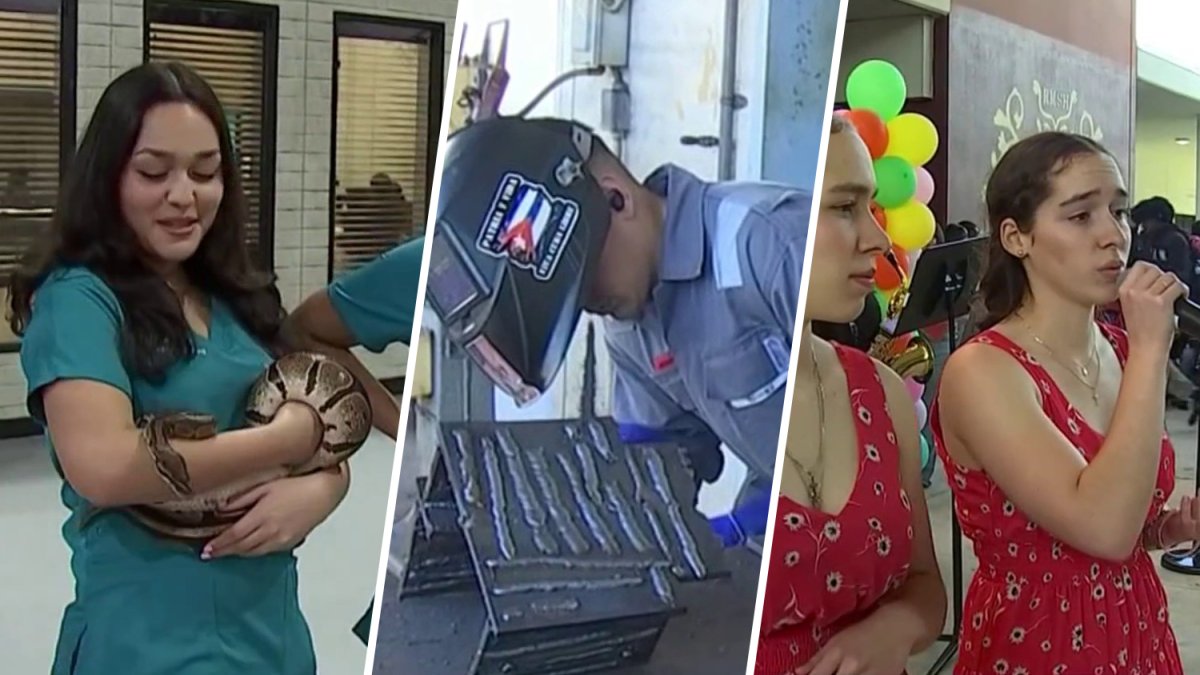


















;Resize=805#)



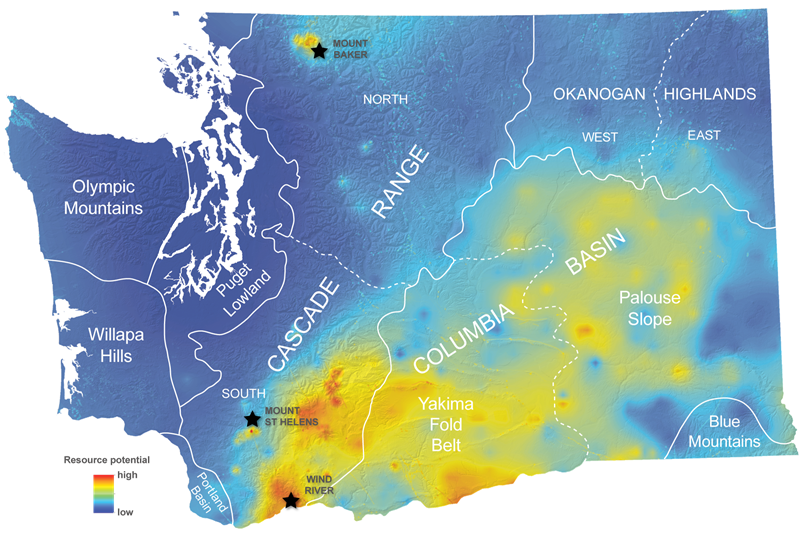









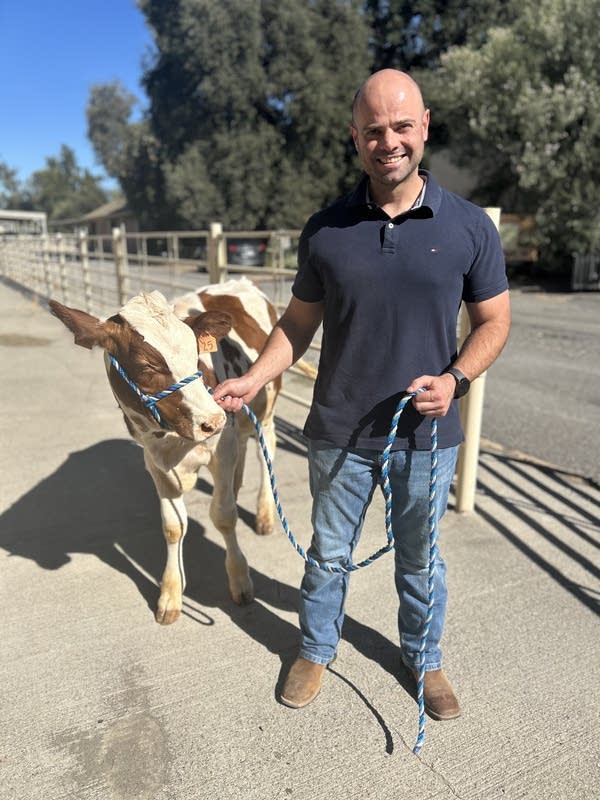


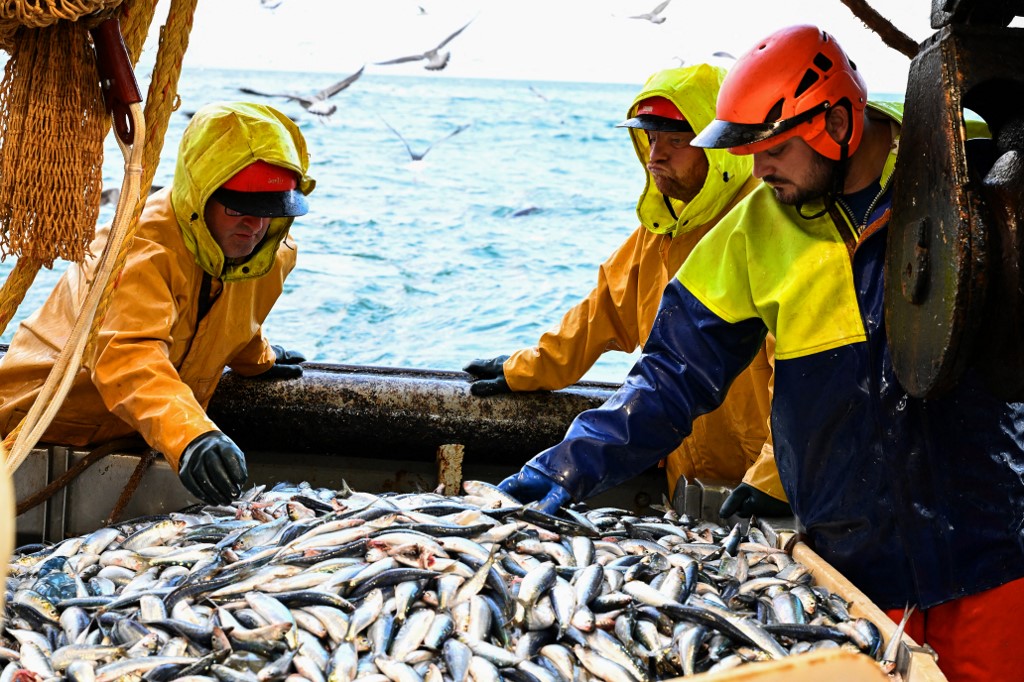







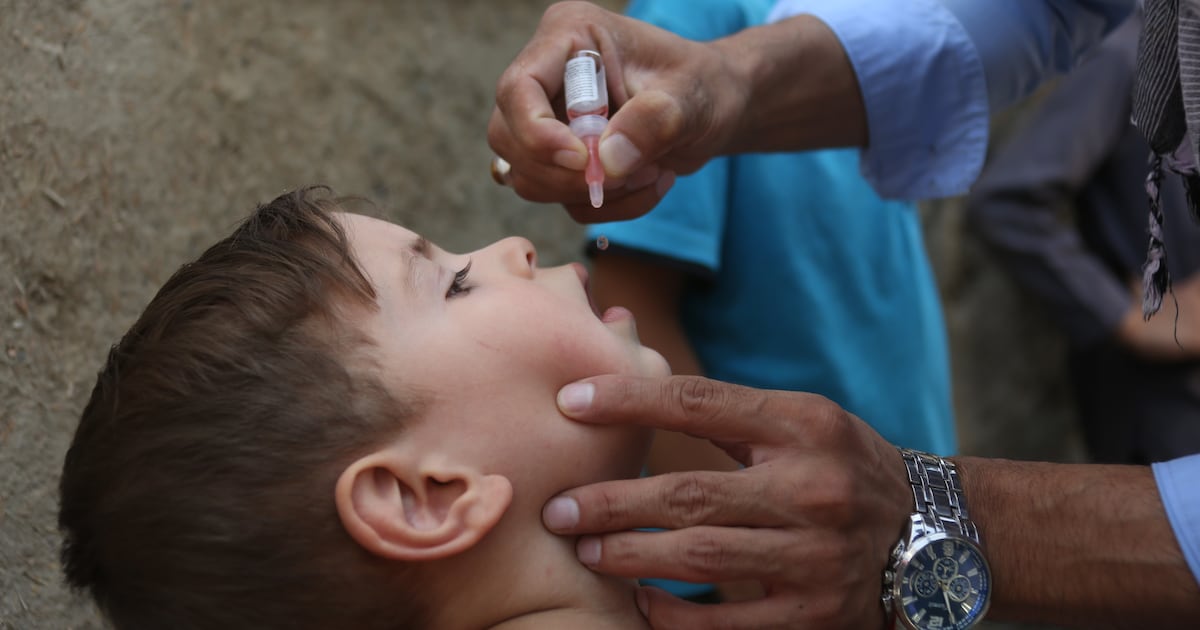








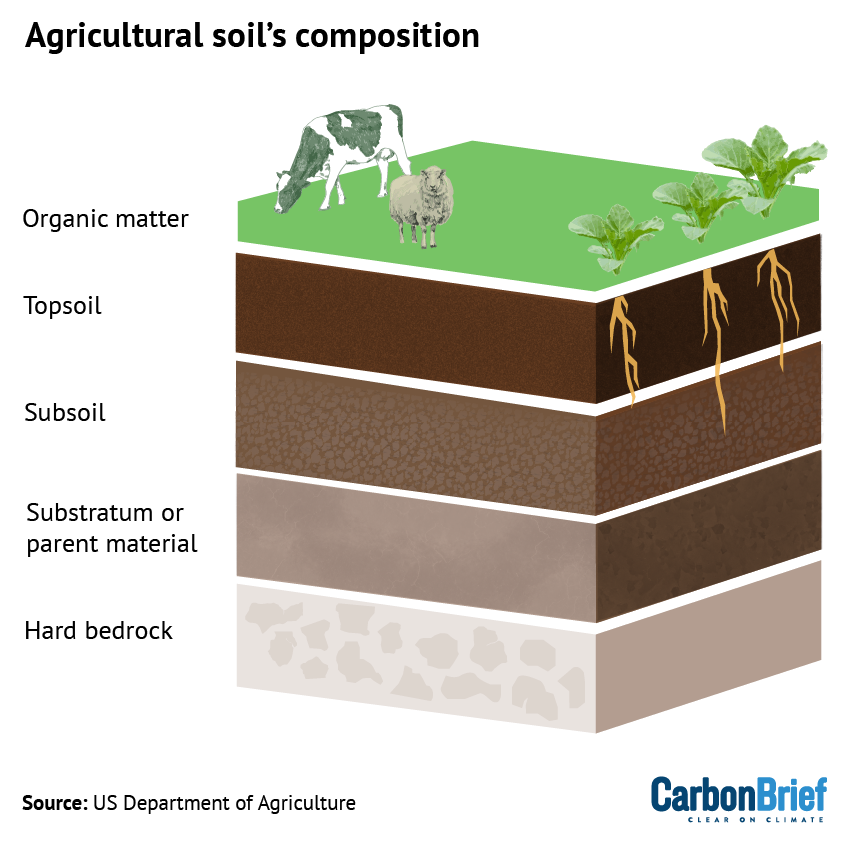






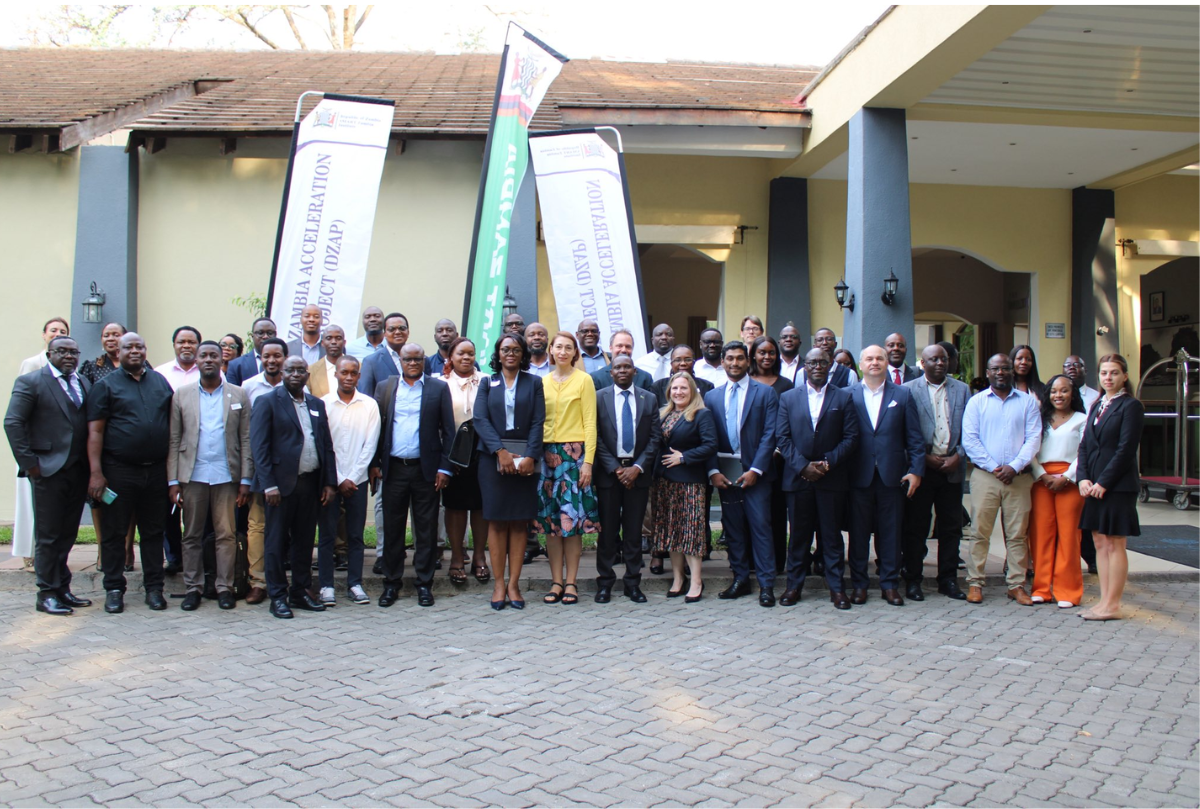


.png?sfvrsn=138ad5fb_3#)
